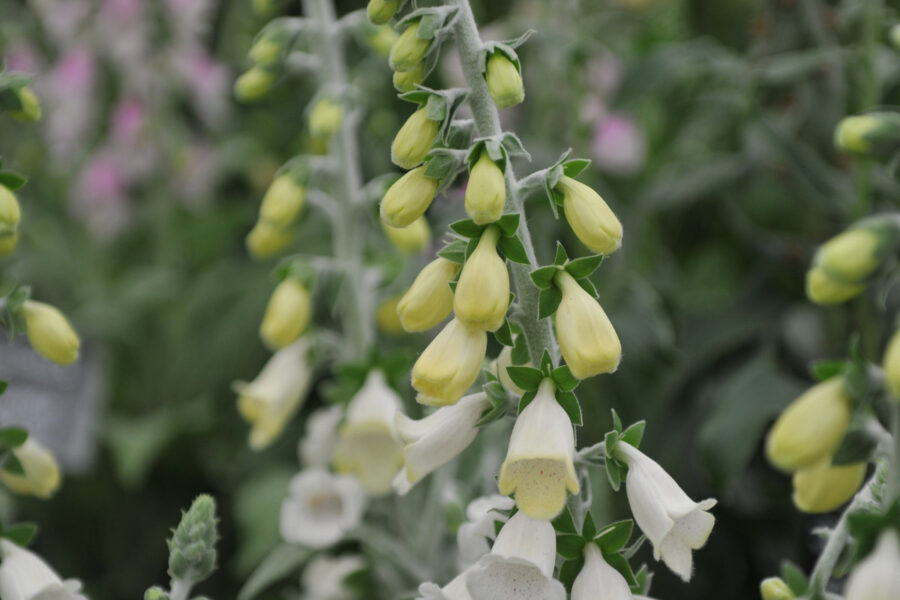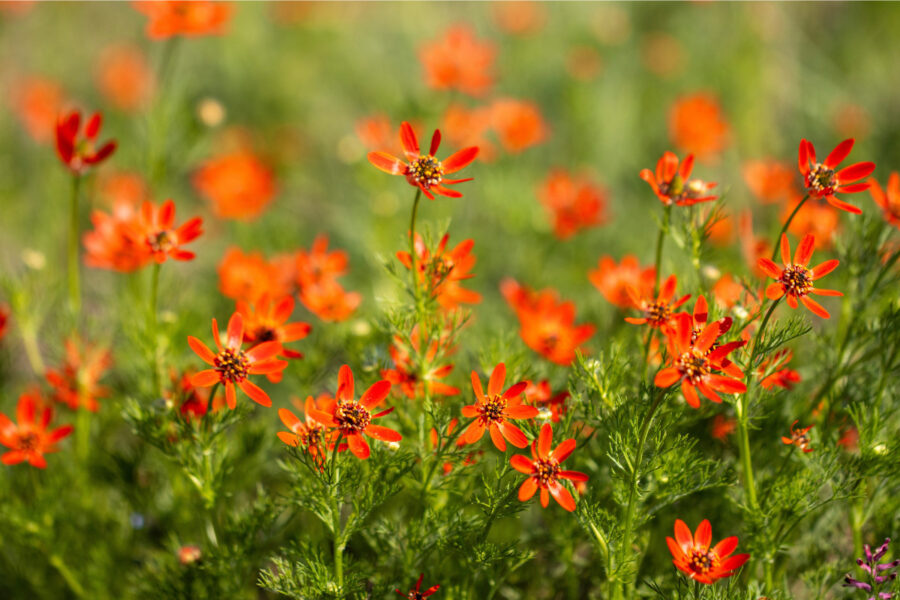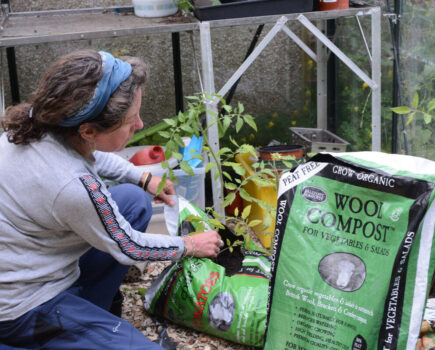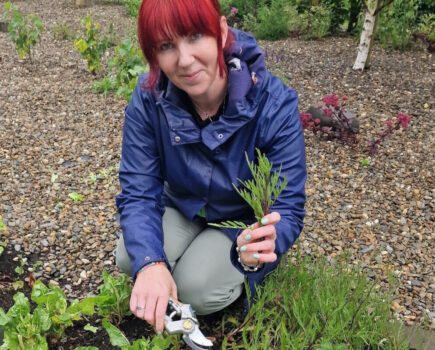Keep pheasant’s eye alive in your garden
While intensive agriculture is deemed necessary to feed the growing population, it has had a disastrous effect on the countryside and our native flora and fauna.
Many cornfield flowers that used to grace our field margins are sadly now relics of the past, often kept alive in gardens rather than their natural setting.
One of the most attractive traditional, and almost lost, cornfield flowers is pheasant’s eye (Adonis aestivalis), a delicate annual with feathery foliage and blood-red flowers reminiscent of a poppy.
In the wild they are scarcely seen, usually only in the south of the country, so by growing them in our gardens we can save this beautiful variety for future generations.
Pheasant’s eye can be sown undercover in trays and pots of compost all year round, but for the best results sow it directly into the soil in spring when the weather is starting to warm up.
It can take over a month to germinate, and when seedlings appear, thin any that are overcrowded and keep cats and birds off your seedbed by dusting the soil with pepper deterrent or scattering a few chilli flakes.
Pheasant’s eye grows to 45cm (18in), making it the perfect plant to grow towards the front of a border, and its frondy leaves will add movement and grace.
For a beautiful mixed display, you could sow it with its fellow annual cornfield ‘weeds’ including corn cockle, corn chamomile, cornflower and field poppies.
New ‘Cub’ is a leader of the pack

Foxgloves are my go-to biennial for early summer height and colour in the borders.
They usually come in pink and white varieties but now a new one has arrived on the scene and I am very keen to add it to our garden.
The sweetly named ‘Silver Cub’ has white flowers with delicate spotting, much like the ‘Alba’ variety, but in a departure from the norm its leaves are coated in soft silvery fuzz, rather like the foliage of Stachys byzantina or lamb’s ears.
It would be the perfect addition to a white border, or provide interesting contrast for early summer alliums and bedding.
Like all foxgloves, ‘Silver Cub’ will be a draw for many pollinators (I always grow foxgloves around our veg patch). As a woodland plant, it is tolerant of many light levels, from full sun to shade, and all soil types.
Like all foxgloves, it will self-seed freely, so when seedlings are large enough, move them to other areas of your garden or give them to family and friends.
WHATS ON
7 Dec: 50 Shades of Green: a talk by Razvan Chisu for the Hardy Plant Society Cambridge and Bedfordshire Group, The Weatherley Centre, Eagle Farm Road, Biggleswade, Bedfordshire, SG188JH. 2pm.
8 Dec: Tobacco Factory Sunday Market, Tobacco Factory, Raleigh Road, Bristol, BS3 1TF. 10am-2.30pm.
8 Dec: Beauty and the Beast panto, RHS Garden Rosemoor: Rosemoor, Great Torrington, Devon EX38 8PH.
9 Dec: Welly walk, RHS Garden Rosemoor: Rosemoor, Great Torrington, Devon EX38 8PH.
10 Dec: Seasonal walk, RHS Garden Hyde Hall, Creephedge Lane, Rettendon, Chelmsford CM3 8ET.
11 Dec: Seasonal pruning for soft fruits, RHS Garden Wisley, Wisley Lane, Wisley, Woking, Surrey GU23 6QB.
12 dec: Success with houseplants: RHS Garden Wisley, Wisley Lane, Wisley, Woking, Surrey GU23 6QB.
13 dec: Botanical relief festive decorations, RHS Garden Bridgewater, Occupation Road, Worsley, Manchester M28 2LJ.
14-15 Dec: Burnham Nurseries & Orchid Paradise Open Weekend, Burnham Nurseries, Forches Cross, Newton Abbot, Devon, England, TQ12 6PZ. 10am-3pm.
14 Dec: Patchworking Garden Project Christmas Wreath and Craft Sale, Patchworking Garden Project, Pixham Lane, Dorking, Surrey, RH4 1QA.
Until 30 Dec: RHS Glow, RHS Garden Bridgewater, Occupation Road, Worsley, Manchester M28 2LJ.
Until Dec 28: RHS Glow, RHS Garden Rosemoor: Rosemoor, Great Torrington, Devon EX38 8PH.
Until Jan 5, 2025: RHS Glow, RHS Garden Wisley, Wisley Lane, Wisley, Woking, Surrey GU23 6QB.
Until 28 Dec: RHS Glow, RHS Garden Hyde Hall, Creephedge Lane, Rettendon, Chelmsford CM3 8ET.
Until 28 Dec: RHS Glow, RHS Garden Harlow Carr, Crag Lane, Beckwithshaw, Harrogate HG3 1QB.
Find more tips, advice and articles like this at the Amateur Gardening website. Subscribe to Amateur Gardening magazine now





